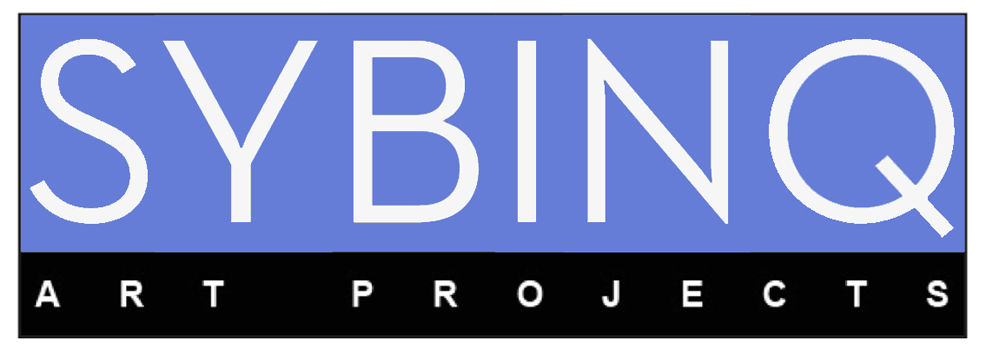
I know, it is a bit too late for this since we had our first meeting...hum...two weeks ago now! But, as you might have perceived by now, I do like blogging and would like this experience to remain somewhere, even lost in the internet's mesh.
It was the 10th March, a grey afternoon, when this show finally took on some kind of definitive form, which now needs to be adjusted, polished or even reviewed. We went to The Big Chill Bar on Brick Lane, perfect if you are on a tight budget but nonetheless need something to eat to get the brain spinning. Maybe we had no idea that we were to spend all the afternoon there. The first point of the meeting was: which artists do we want and why? And there, our coherence of selection finally showed: five different heads came up with eight/nine very different artists who, thought, share similar concerns about the identity of the space we are trying so hard to nail down.
We started considering Unit 2's space in particular as active/inactive: show/no show; like a brain in a body and its various connections, a mental space. This clicked with Sophie Vent's practice of mapping: a map is a type of space, a way of setting boundaries and crossing them. She will identify a map of the endorphin when it's released in the body and then translate it to a dance with the collaboration of a choreograph. Will thinks her idea to have the choreography danced by children and filmed on video is great. Going on on Unit 2, we already said that the access is restricted: the gates will be opened during the opening, but then only people with budget will be admitted in. So one question might be: who is actually going to see the show? That's when Russel Chater steps in: he is "seeking to explore spaces and states that are in between or beyond". He will cover the window with a white element used to cover derelict spaces, blocking the view from outside. During the opening, people will be invited to draw or write on it, leaving a trace on this temporary space and, most important, allowing people from the street to peek into the gaps and take a glimpse of the space. Habda also proposed other two artists, Charlotte Bracegirdle (whose practice is already explained here) and Nathalie Guinamard: with her, we enter the realm of displacement; she works with collage, selecting unaltered sections of interiors and exteriors and seeing how they work in juxtaposition: spaces in between become even more important than the visible space itself; perhaps she will work on what she'll see in-between Unit 2, and we'll hopefully discover new connotations.
Although her work will certainly be the most complicated to install, Silvia Iorio is still up with her switches installation, described here. The lamp bulbs will be all outside Unit 2 and, apart from some that we'll try to keep visible, when someone presses the button imagination will take the lead to identify where a lamp bulb is actually going on and off. Light will cross the space's boundaries, showing it for what actually is: infinite. The space as interface, meaning point of interaction, is represented by the video artists Katja Pratschke and Guszstav Hamos, whom Francesca met at the Tate. It may seem that the body and its connections are the protagonists again, but in this case it is the space of the video as a medium that is questioned through the display of still and moving images. Last but not least, Martina Geccelli, sniffed out by Clementina. A German artist with an Italian name, Martina works with photography in connection with architectural and sculptural conditions. She shoots everyday, banal objects like books or cardboard boxes to show their often hidden relationship. We all liked very much the picture of two cardboard boxes arranged upside-down, holding up in a precarious balance enhanced by their almost touching flaps. Another kind of space, defined by its limitations, the physical outlines and that in between.
Wow. A lot of concepts have been dished out here, but personally I see no discrepancy between our artists. I see something that has just started to build up. Now we would need someone authoritative, a dead or alive critic, with a strong "space" concept to place at the beginning of the critical text, in order to convince us all that this is the right track.
Isn't it?

No comments:
Post a Comment